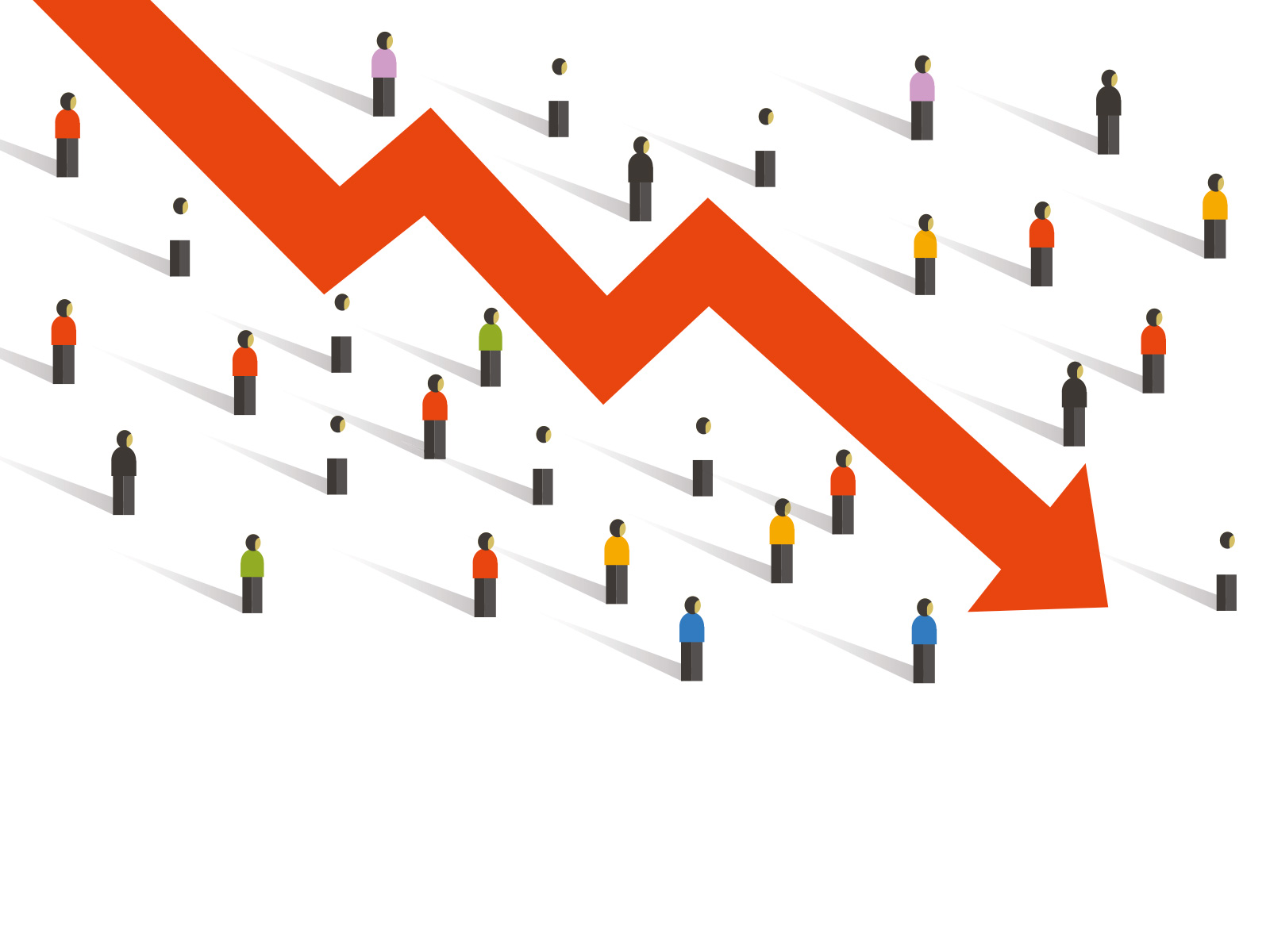Revealed: the big gap between NHS and private practice
New ‘state-of-the-nation’ pay report discloses £20,000-plus difference in earnings, as well as plunging NHS profitability
This month sees the inaugural launch of the NASDAL Scotland (National Association of Specialist Dental Accountants and Lawyers) Benchmarking Statistics. The annual benchmarking survey statistics are gathered from the accountant members of NASDAL across Scotland who together act for more than a quarter of self-employed dentists.
The statistics provide average ‘state-of-the-nation’ figures, so NASDAL accountants can benchmark their clients’ earnings and expenditure and help them run their practices more profitably. The basis of the survey figures is 2019 tax returns and accounts with year-ends up to 5 April 2019.
The report has been produced on a UK-wide basis for a number of years but NASDAL now believed that, due to the many differences across dentistry, tax, and law between Scotland and England and Wales, it was time for a stand-alone report.
Roy Hogg, of specialist dental accountants Campbell Dallas, and chair of NASDAL Scotland, commented: “The benchmarking report looks to deliver useful information and tools to help dentists run more effective businesses.
“However, it would be remiss of us not to mention the Covid-19 virus. We know that this will have a life -changing impact on dentists and dental practices across the country. We wish everyone well and will, of course, share useful information as and when we have it.”
Alan Suggett, specialist dental accountant at UNW, and NASDAL media officer, added: “The NASDAL annual profit and loss benchmarking report is a unique and valuable tool which enables NASDAL accountant members to compare their practice owning clients with industry norms. It means that we help our clients really understand what is happening in their dental business.”
One of the most striking facts from the 2018-19 reports is the big gap in profitability between NHS and private practices; a typical private practice’s profit in Scotland is more than £23,000 greater than that of a typical NHS practice. In the statistics, the average net profit per NHS principal was £118,409 versus £141,797 average net profit per private principal. Mixed practices sat at £130,697 average net profit per principal.
As this is the first Scotland report, NASDAL cannot compare with previous years. However, it can compare with previous years of UK-wide figures.
As well as the big gap noted between NHS and private, there appears to be a big reduction in NHS profitability in 2018-19, as this figure was down 15.2 per cent compared with the previous UK average – average net profit per principal down from £139,698 to £118,409. Private and mixed profitability both saw a small rise of 1.7 per cent and 0.5 per cent respectively.
“Private practices are continuing to do well, and a big profitability gap is in place between private and NHS practices. NHS practices have seen a big increase in costs, most notably in staff and general administration,” said
Roy Hogg.
Last year, the BDA has expressed concern that the most recent Scottish Government uplift of 2.5 per cent for both pay and expenses failed to take adequate account of the full cost of running a dental practice.
The BDA estimated that expenses, such as wages, laboratory and regulatory costs have risen by more than 3 per cent in the past year. The current award, though welcome it said, would still leave dentists out of pocket. The Scottish Government confirmed that the uplift 2019/2020, announced last August, would be backdated to April.
David McColl, Chair of the Scottish Dental Practice Committee, said at the time: “While we welcome the Scottish Government’s acceptance of the Review Body on Doctors’ and Dentists’ Remuneration (DDRB) recommendation of a 2.5 per cent pay uplift, it also has to recognise that expenses are a significant element of dentists’ costs.
“Dentists have seen a 30 per cent real-terms decrease in income in recent years and awarding at least 3 per cent for expenses would have helped to halt that long-term decline and ensure that NHS dentistry in Scotland remains sustainable.”
A note on this year’s release of figures
NASDAL said it appreciated that there were more important things happening in the world at present. However, the figures were prepared across 2018-19 and there was nonetheless a wish to share them with the profession.
The NASDAL Scot benchmarking statistics will be published annually in March and reflect the finances of dental practices and dentists for the most recent tax year. The figures provide a detailed picture of dental practice finances, sourced directly from dentists working privately and in the NHS. The organisation’s designation of practices as either private or NHS reflects that 80 per cent of business income comes from that source.
NASDAL, the National Association of Specialist Dental Accountants and Lawyers, was set up in 1998. It is an association of accountants and lawyers who specialise in acting for and looking after the accounting, tax and legal affairs of dentists.
It is the pre-eminent centre of excellence for accounting, tax and legal matters concerning dentists. Its members are required to pass strict admission criteria, and it regulates the performance of its members to ensure high standards of technical knowledge and service.
Associates – fee income and profit down
The statistics from 2018-19 saw Associates with average fee income of £75,435 and average net profit of £62,419.
Compared with the UK wide figures from 2017-18, this sees a big drop in fee income from £81,714 and average net profit of £66,318.

Comments are closed here.